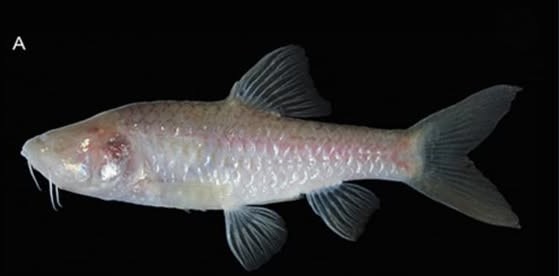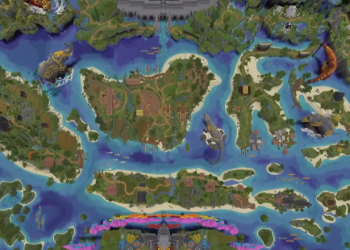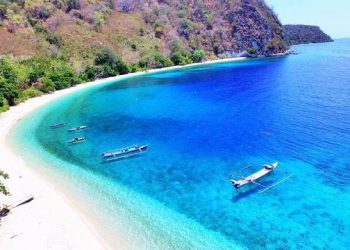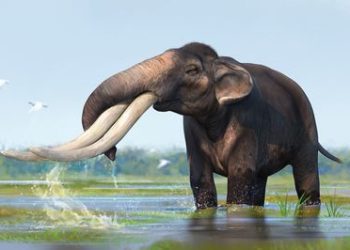Jakarta, Indonesia Sentinel — A team of researchers from Indonesia’s National Research and Innovation Agency (BRIN) has discovered a new blind cave fish species in the karst region of Klapanunggal, Bogor Regency, West Java. This newly identified cave-dwelling cyprinid fish called Barbodes klapanunggalensis is endemic to underground waters and possesses unique characteristics adapted to its dark and isolated habitat.
According to an official statement from BRIN, the discovery was made through a collaborative study involving experts from the BRIN Center for Biosystematics and Evolution Research, the Indonesian Speleological Society (ISS), and the Species Obscura Foundation.
Unique Adaptations to Cave Life
Kunto Wibowo, a senior researcher at BRIN’s Center for Biosystematics and Evolution Research, described Barbodes klapanunggalensis as highly distinctive compared to other cave fish species.
“This fish is completely blind, with its eyes reduced to mere orbital indentations covered by skin. Its body lacks black pigment (melanophores), giving it a silvery-white appearance with transparent fins,” he explained in a statement.
Living in total darkness for generations has driven cave fish species to evolve by reducing their eye structures. Most cave-dwelling animals lose their vision as an adaptation to the pitch-black environment.
In addition to being completely blind, this newly discovered cave-dwelling fish was pigmentless and with silvery-white body, a result of lacking skin pigmentation due to its lightless habitat.
Other distinguishing features include relatively long pectoral and pelvic fins, as well as rounded, short axial scales located behind the pelvic fins. These traits suggest a high degree of adaptation to the dark and isolated cave environment.
The species inhabits small, seepage-fed pools within caves, where the water remains clear and the substrate consists of fine clay. The fish tend to remain still in calm waters but become active when disturbed.
New Species Discovery
The species was first observed in August 2020 by cave explorers from Latgab Caving Jabodetabek, ISS, and Gema Balantara, who spotted more than 20 eyeless, pigmentless fish in two different locations within the cave. However, no specimens were collected at the time.
In July 2022, researchers revisited the site and successfully obtained two specimens, which were later analyzed and confirmed as a new species in 2025. Their findings were published in the scientific journal ZooKeys.
A Rare and Vulnerable Species
According to ZooKeys, the species being classified as endangered. Its limited distribution, specialized habitat, and small population size make it highly vulnerable to environmental changes.
Currently, Barbodes klapanunggalensis has only been found in Cisodong Cave within the Klapanunggal karst region, an area spanning approximately 66 square kilometers. However, only 9.96% of this region is officially protected as part of the Bogor Karst Landscape Conservation Area.
Despite the cave’s remote and difficult-to-access location, its fragile ecosystem faces threats, primarily from widespread limestone mining.
Read Also:
Researchers Discover New Crayfish Species in Papua, Indonesia
Conservation Concerns and Future Research
With the discovery of Barbodes klapanunggalensis, Indonesia now has six known endemic cave fish species, two of which Barbodes klapanunggalensis and Barbodes microps are found in Java. The others are located in karst regions of Sulawesi and West Papua.
The species’ extremely limited habitat range makes it highly vulnerable to environmental changes. Unregulated limestone mining could threaten its habitat, potentially leading to its extinction.
To protect Barbodes klapanunggalensis and its fragile ecosystem, researchers have urged the Indonesian government to strengthen conservation efforts in the Klapanunggal karst region. Expanding existing protected areas and involving local communities in conservation initiatives are key strategies they recommend.
Further studies will be essential to understanding the species’ population dynamics and ecological needs, as well as developing effective conservation strategies to ensure its survival.
(Raidi/Agung)

























